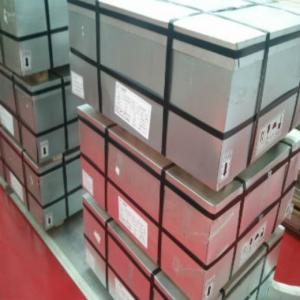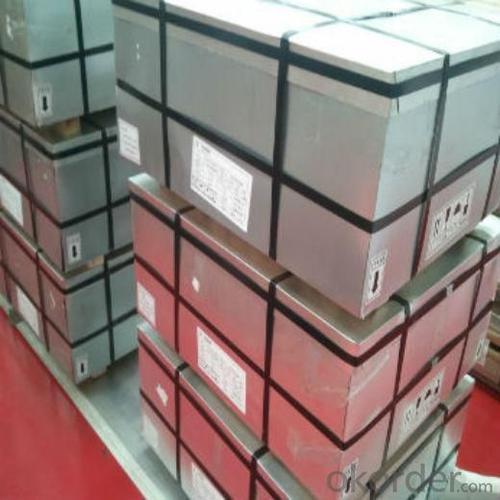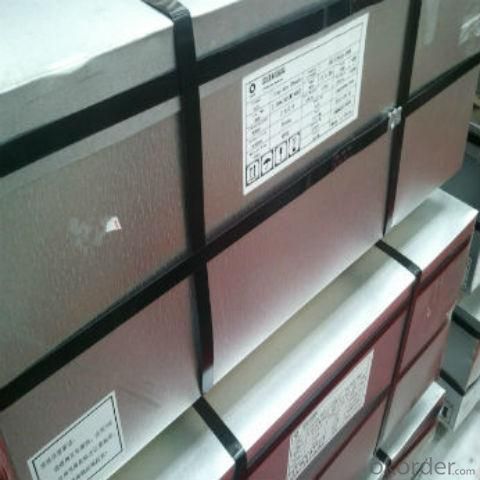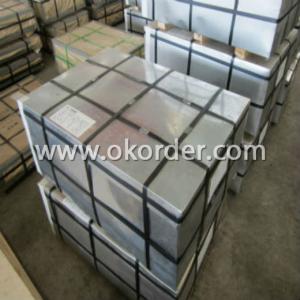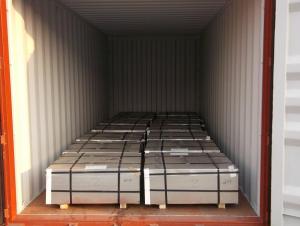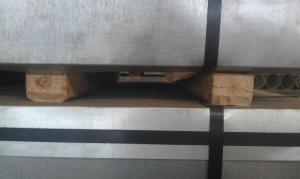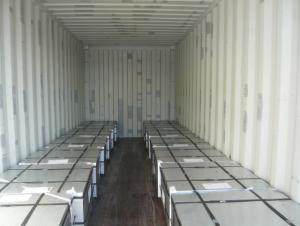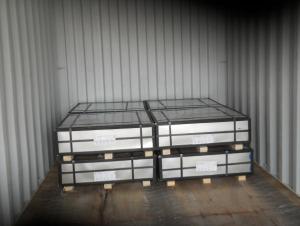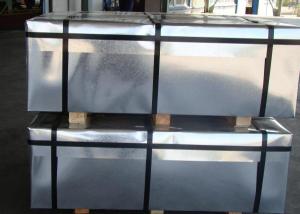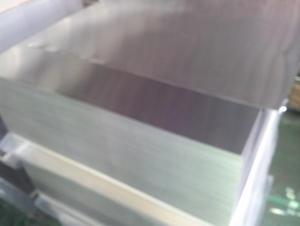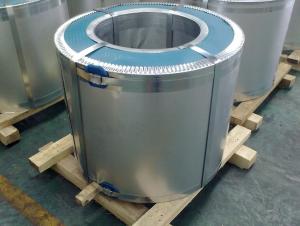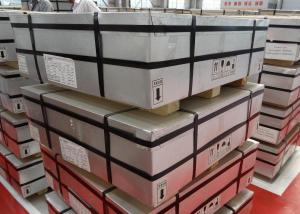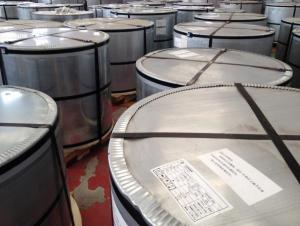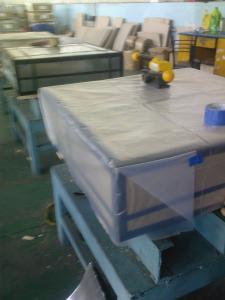Tinplate For Edible Oil Can-CHBB
- Loading Port:
- China Main Port
- Payment Terms:
- TT or L/C
- Min Order Qty:
- 20 Tons~25 Tons m.t.
- Supply Capability:
- 40000 m.t.Per Month m.t./month
OKorder Service Pledge
OKorder Financial Service
You Might Also Like
General information of Tinplate For Edible Oil Can
Steel Type | MR |
Temper (BA&CA) | T1~T5, DR8 |
Coating | 2.8~8.4g/m2 |
Thickness & Tolerance | 0.15~0.5mm (Tolerance:±0.01mm) |
Width & Tolerance | 600~1000 mm(Tolerance: +2/-0mm) |
I.D | 508 MM |
Coil Weight | 3~10 MT |
Passivation | 311 |
Oiling | DOS |
Surface Finish | Bright ,Stone ,Silver ,Matte |
Min Order | 25 Tons for 1 20 feet FCL |
Package | Seaworthy Export Standard Wooden Pallet |
Standard Available | GB/T2520-2000, JIS G3303, ASTM A623, BS EN10202 |
Lead Time | 35 days after receiving buyer's original L/C or Prepayment |
Special specifications are available on customers' requirements. | |
Technical data of Tinplate For Edible Oil Can
Chemical Composition(%) | Mechanical Property |
C:0.02~0.04 | Yield Strength: (Mpa):280~320 |
Si:0.01~0.03 | TensileStrength: (Mpa):340~390 |
Mn:0.18~0.22 | Elongation:20%~30% |
P:0.014~0.016 | ------------- |
S:0.006~0.009 |
Application of Tinplate For Edible Oil Can

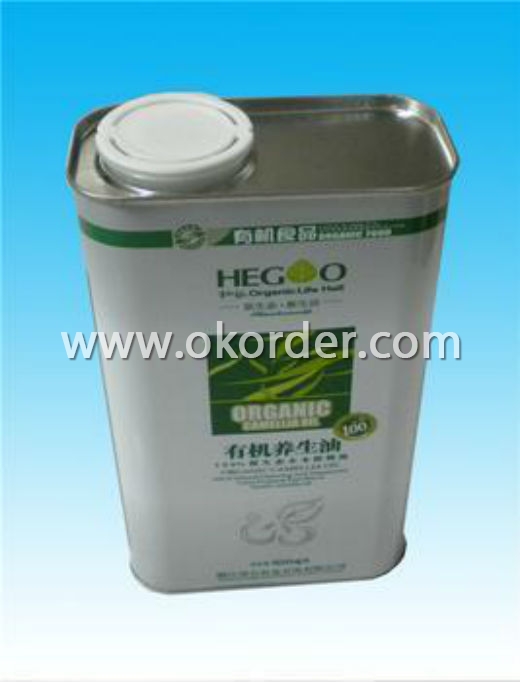
Tinplate is widely used for making all types of containers such as artistic cans, tea cans, painting cans,
chemical package cans and metal printing etc. Its applications are not limited to containers; recently,
tinplate has also been used for making electrical machinery parts and many other products.
Equipment and Facility of Tinplate
Tin Coating Line of Tinplate For Edible Oil Can
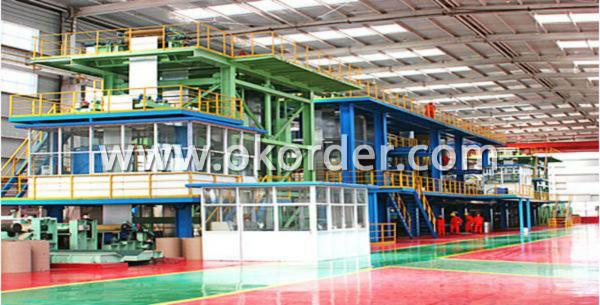
Cold Rolling Mill Batch Annealing Furnace
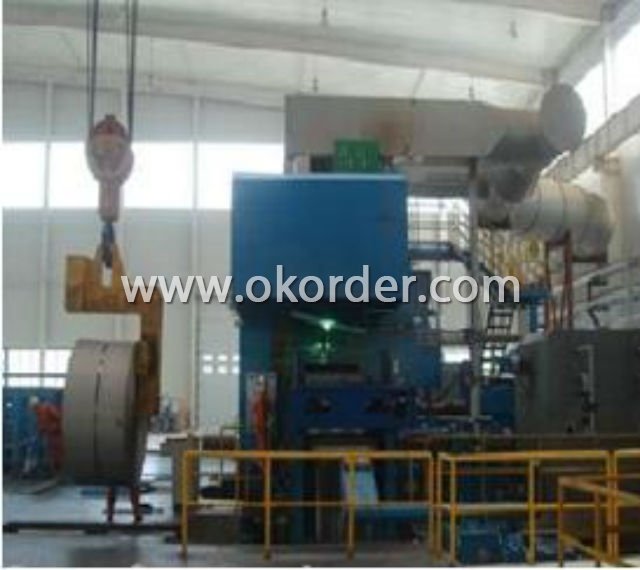
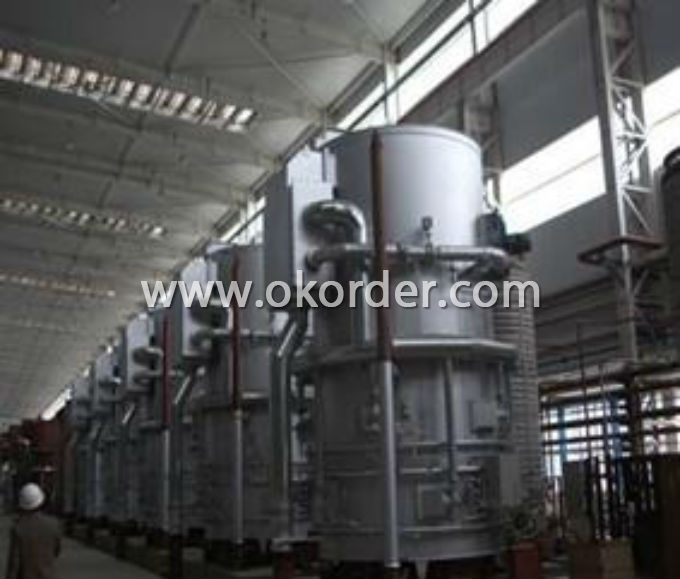
Cutting Line Stock Area
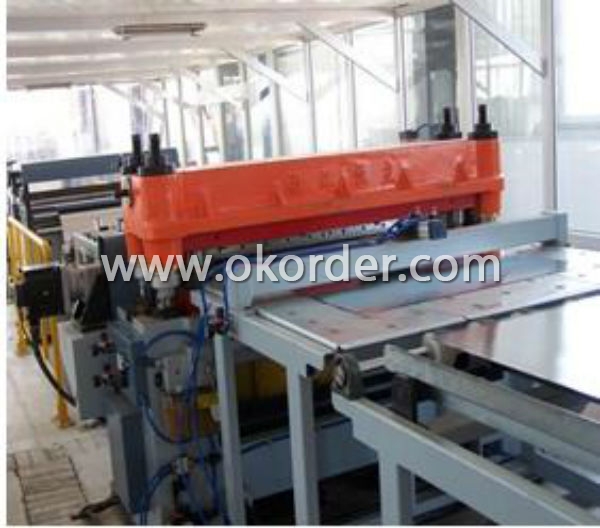
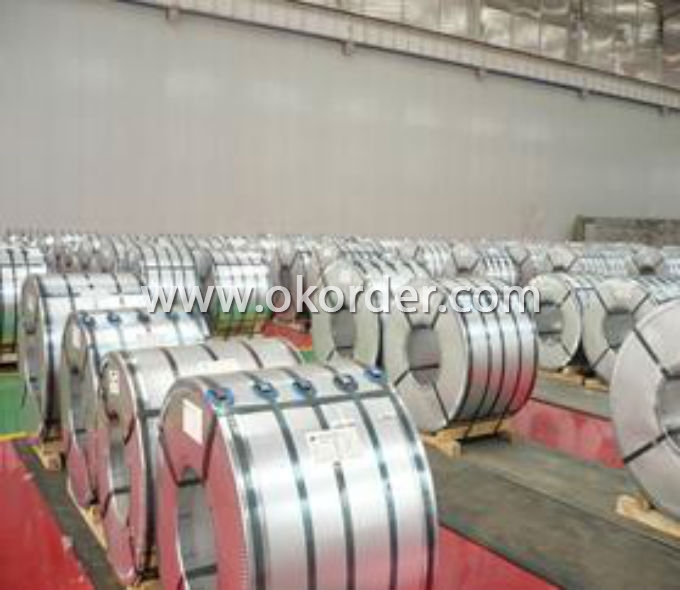
Quantity Control System of Tinplate
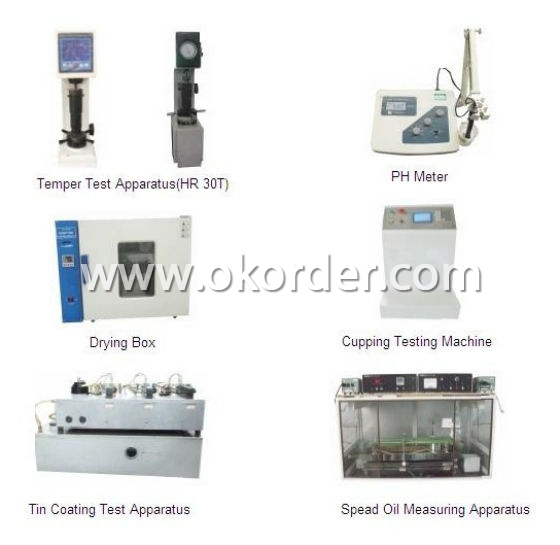
- Q: Is tinplate safe for food contact?
- Yes, tinplate is safe for food contact. It is widely used in the packaging industry for food and beverage cans as it provides a protective barrier that prevents contamination and preserves the quality and safety of the food inside.
- Q: Can tinplate be used for medical packaging?
- Yes, tinplate can be used for medical packaging. It is a commonly used material for packaging medical products due to its durability, resistance to corrosion, and ability to maintain product quality. Tinplate containers can provide a protective barrier against moisture, light, and oxygen, ensuring the safety and integrity of medical supplies.
- Q: Can tinplate be used for electrical components?
- Yes, tinplate can be used for electrical components. Tinplate is a thin sheet of steel coated with a layer of tin, which provides corrosion resistance and electrical conductivity. It is commonly used in the manufacturing of electrical components such as cans, connectors, and terminals.
- Q: What are the main competitors of tinplate in the packaging industry?
- The main competitors of tinplate in the packaging industry are aluminum, glass, and various types of plastics such as polyethylene terephthalate (PET), high-density polyethylene (HDPE), and polypropylene (PP).
- Q: Can tinplate be shielded?
- For tinplate shielding, it is a kind of shielding material, at present 3 applications more cheap, processing is good, but the finished long-term placement of rust on the fracture surface, thus affecting the weldability, which is its only drawback. If it is placed in a short time, it will not affect weldability. Electroplating is not the best way to solve the problem. My supplier is coated with an anti rust paint on the fracture surface, and then ultrasonic cleaning is done before going on line. But I mostly use "ocean shield frame copper to make," a little expensive, but the performance is very good ^_^
- Q: Soup with tin cans loaded also need high temperature sterilization?
- At present, there are DN400x500, DN600x1000, DN800*1000, DN900*1000 and DN900x1500 in the market, and the small sterilization pot with boilers is heated by steam. If not, heating by electricity can also be done. The phone won't be left. If you need any service from the manufacturer, you can call me from Hi. The key is not to sell, eliminating confusion is the key.
- Q: How does tinplate perform in terms of odor resistance?
- Tinplate generally performs well in terms of odor resistance due to its non-reactive nature and the protective coating of tin, which helps prevent any odors from permeating through the metal.
- Q: What are the common testing methods for tinplate?
- Common testing methods for tinplate include visual inspection, thickness measurement, hardness testing, adhesion testing, corrosion resistance testing, and coating weight measurement.
- Q: Can tinplate be formed into different shapes and sizes?
- Yes, tinplate can be easily formed into various shapes and sizes due to its malleability and flexibility.
- Q: Can tinplate be used for art and sculptures?
- Yes, tinplate can be used for art and sculptures. Its malleability and durability make it a suitable material for creating various artistic forms and sculptures. Additionally, tinplate can be easily manipulated, painted, and decorated, allowing artists to explore their creativity and produce unique artworks.
1. Manufacturer Overview
| Location | Hebei,China |
| Year Established | 2009 |
| Annual Output Value | US$2.5 Million - US$5 Million |
| Main Markets | North America South America Eastern Europe Southeast Asia Africa Mid East Eastern Asia Western Europe Central America Northern Europe Southern Europe Domestic Market |
| Company Certifications | ISO9001:2000 |
2. Manufacturer Certificates
| a) Certification Name | |
| Range | |
| Reference | |
| Validity Period |
3. Manufacturer Capability
| a) Trade Capacity | |
| Nearest Port | TIANJIN |
| Export Percentage | 11% - 20% |
| No.of Employees in Trade Department | 6-10 People |
| Language Spoken: | English, Chinese |
| b) Factory Information | |
| Factory Size: | Above 100,000 square meters |
| No. of Production Lines | Above 10 |
| Contract Manufacturing | |
| Product Price Range | Average |
Send your message to us
Tinplate For Edible Oil Can-CHBB
- Loading Port:
- China Main Port
- Payment Terms:
- TT or L/C
- Min Order Qty:
- 20 Tons~25 Tons m.t.
- Supply Capability:
- 40000 m.t.Per Month m.t./month
OKorder Service Pledge
OKorder Financial Service
Similar products
Hot products
Hot Searches
Related keywords
